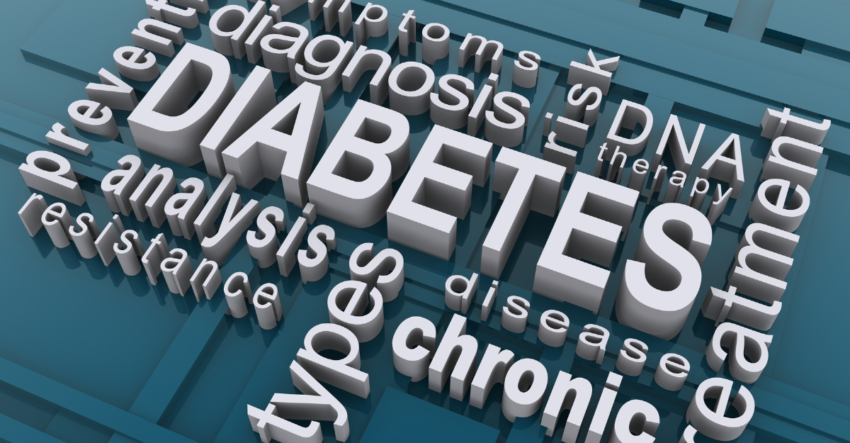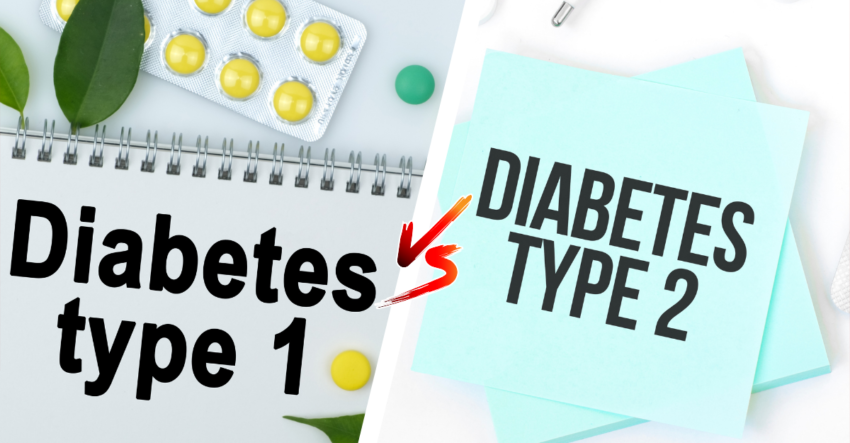For many years, getting a diagnosis of type 2 diabetes has felt like receiving a lifelong sentence. A health condition that, once it arrived, could only be managed, never cured. Most people learned to expect that diabetes would progress over time, with blood sugars creeping higher, medications piling up, and worries about complications always lurking…
قسم: ذیابیطس 2 ٹائپ کریں
HIIT for Diabetes: Short Bursts, Big Changes in Health
In recent years, high-intensity interval training, better known as HIIT, has been drawing a lot of attention in public health circles, and for good reason. For people struggling with prediabetes or standing on the brink of type 2 diabetes, the idea that short, hard bursts of activity could actually reset key aspects of metabolic…
Can Warm Lemon Water Help with Diabetes? Let’s Find Out!
Have you ever heard people say that drinking warm water with lemon is good for your health? Some even say it can help prevent or manage diabetes. But is this true? Let’s break it down and see what science says in a simple way. What’s Special About Lemons? Lemons are packed with natural compounds like vitamin…
Fast Eating and Diabetes Risk: A Comprehensive Analysis
Rapid Dining is linked to Increased Diabetes Risk, Studies Confirm Recent research highlights a significant link between fast eating and an increased risk of developing type 2 diabetes. This article explores two critical studies that illuminate how rapid meal consumption could potentially lead to higher diabetes incidence, offering new insights into a modifiable risk factor…
Your Ultimate Guide to Understanding and Reducing Body Fat Percentage
Body fat percentage is a crucial health marker, distinguishing between essential and storage fat—both pivotal for our body’s proper functioning. Elevated body fat percentages are linked to a range of health issues, including hypertension, high cholesterol, and, significantly, type 2 diabetes. Understanding body fat percentage versus BMI, which fails to differentiate lean mass from fat,…
The Impact of Semaglutide or Ozempic on Weight Loss and Health
Semaglutide, marketed under Wegovy and Ozempic, belongs to a class of medications called GLP-1 agonists. Understanding Semaglutide: From Development to Weight Loss Mechanisms In 2005, the FDA approved the first GLP-1 agonist. The weight loss observed with these drugs was modest, but subsequent developments have significantly improved their efficacy. With time, GLP-1 agonists evolved and…
Cinnamon: A Sweet Twist in Blood Glucose Management?
In a groundbreaking study published in “The American Journal of Clinical Nutrition”, researchers have unveiled the positive effects of cinnamon on blood sugar levels in individuals with prediabetes and obesity. A team of researchers from the University of California, Los Angeles conducted this four-week randomized controlled trial to shed light on cinnamon’s potential to significantly…
What is intermittent fasting, and how does it work?
Intermittent fasting (IF) is more than a fleeting health trend; it’s a paradigm shift in nutritional science that underscores the importance of the timing of meals. With a growing body of research linking IF to numerous health benefits, it’s no wonder that this eating pattern is becoming a lifestyle choice for many seeking sustainable weight…
Understanding Type 1 vs. Type 2 Diabetes: Symptoms and Management
Introduction: Exploring the Landscape of Diabetes Diabetes isn’t just one condition but a complex group of diseases with various causes. People with diabetes have high blood glucose levels caused by problems with insulin production or function. While there are several types of diabetes, Type 1 and Type 2 are the most common, and understanding the…
Metabolic Syndrome: Understanding the Clustered Health Threat
Metabolic syndrome is not a disease in itself. Instead, it refers to a group of risk factors significantly increasing the chance of developing heart disease, stroke, diabetes and other health complications. Understanding this syndrome and its implications can be pivotal in preventive healthcare and long-term well-being. Defining Metabolic Syndrome At its core, metabolic syndrome is…










